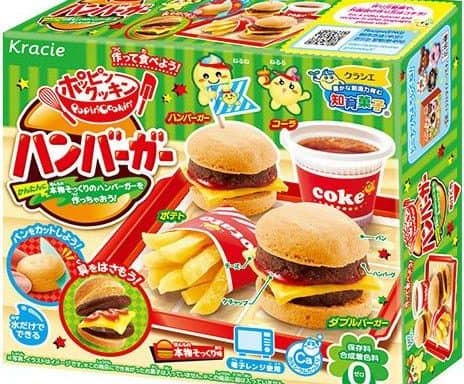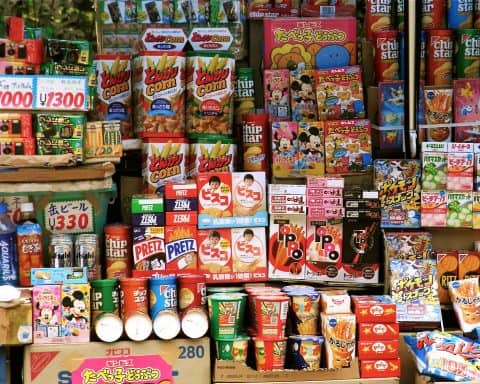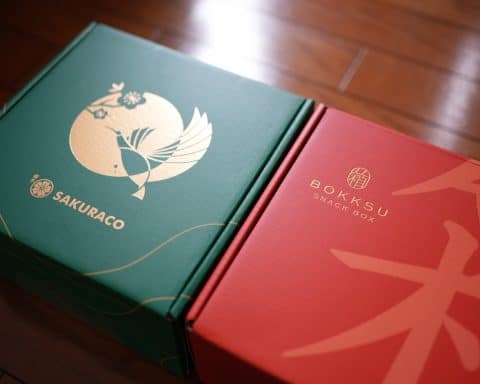As an Amazon Associate I get commissions for purchases made through links in this post. At no extra cost to you! ^_^
Some topics on this website takes hours of research to come to a conclusion. This was not one of those posts!
In almost all cases, people in Japan use chopsticks and not forks, knives, or spoons.
Let’s take a look at why the vast majority of people in Japan would prefer to use chopsticks rather than knife and fork.
How many people use chopsticks around the world?
According to Pagoda Projects, around 33% of people worldwide use chopsticks on a daily basis.
So it’s clear that chopsticks are very popular around the world, now let’s find out why!
Why do people in Japan still use chopsticks?
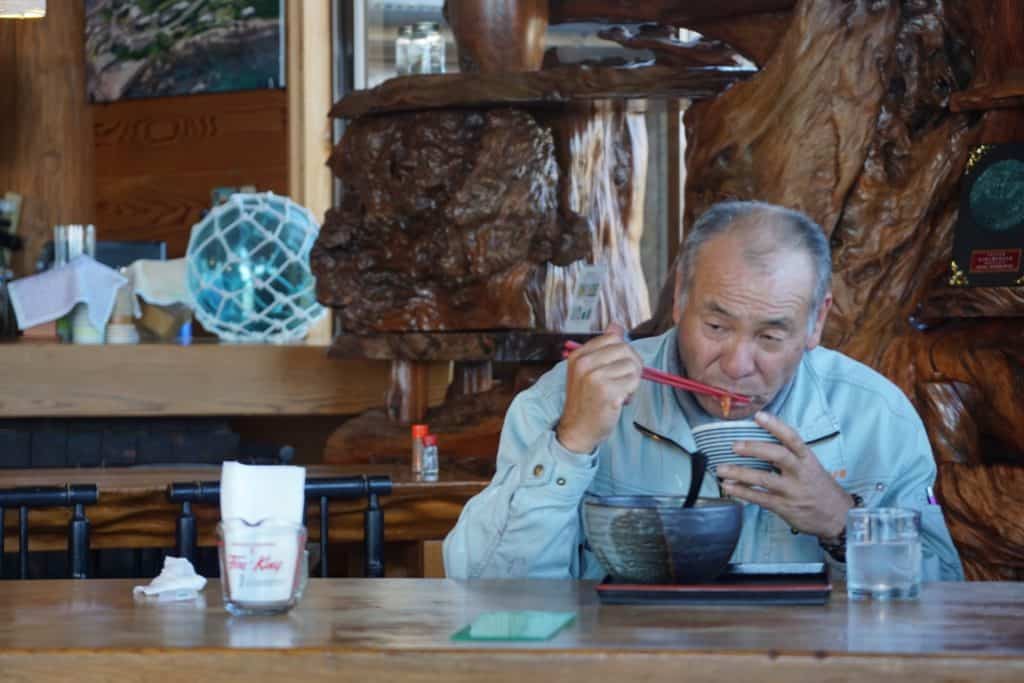
Quick vocabulary lesson: Chopsticks – Hashi (箸)
Japan is a country that, by many, can be considered high tech.
As we’ve seen before though, it’s a country that likes to hold onto its traditions and even uses retro technology to this very day.
So for some people it might seem a little strange that they eat with (mostly) wooden chopsticks and not metal cutlery.
There are two reasons I believe people in Japan still use chopsticks and haven’t (and won’t) change over to knife and fork.
1. It’s not broken, so why change it?
A similar reason to Japan clinging onto their fax machines, because they work.
In fact it’s actually a lot simpler than the fax machine quandary because one is neither better or worse than the other.
It is purely a matter of personal choice to use chopsticks or not. And it seems everyone prefers using them over western cutlery.
2. Deeply routed in Culture
Let me pose a question to you:
Is it cheaper to create two small straight sticks from the fastest growing plant in the world, or to craft two separate and more intricate implements from metal (that has to be found)?
Cheap, quick, and effective. Those are three reasons Japan originally adopted the chopsticks from its neighbour to the West, China.
And even before they were widely used, chopsticks were used as a way to connect to the gods.
Hashi (はし) means chopstick (箸), but it also means bridge (橋).
According to JapanVistor, chopsticks were offered to deities and would then become inhabited by that god. When they were eventually used to eat with, it could be suggested that the chopsticks were the ‘bridge’ between god and man.
What are the benefits of eating with chopsticks?

Perhaps surprisingly, the humble chopstick has a few hidden benefits over is larger metallic brothers and sisters.
Many of these benefits are likely big reasons that Japan continues to use them and why everyone else should give them a try!
1. Mindfulness of the situation
By using chopsticks to eat food, it’s likely (unless you’ve grown up using them) that you’ll have to concentrate.
I’ve known how to use chopsticks for as long as I can remember, and it still takes an active effort from my brain to pick up food.
Especially anything that isn’t sticky!
The great thing about this is that your mind has to centre itself in the moment and won’t be allowed to wander off to the worries and problems of the day.
You’ll stay grounded in the moment and and enjoy the entire experience a lot more.
2. Appreciation of the food
Using chopsticks to eat your meal doesn’t only help centre you in the present moment, it also allows you to appreciate the food in-front of you.
You’re consciously thinking about how to use the chopsticks, eating smaller amounts, and eating the food more slowly.
If you need some help understanding how to increase your appreciation of the food, try the following:
- Examine the taste and texture of the food as you eat it. You’ll be surprised how often we eat food and take the flavours and texture for granted. When was the last time you really truly thought about the food on your plate?
- Contemplate where your food comes from. It’s all too easy to pick up anything from the shops, ignoring its origins. Instead, it’s important to to realise whether the food you’re eating sits correctly with your morals in life.
- Find appreciation for the person who has cooked it. This applies no matter where you are or who’s cooked your meal.
Most of these principles come from Zen: The art of Simple Living – A book I highly recommend that talks about the intricacies of Japanese Zen.
3. Slower eating means improved digestion and a happier body
The smaller each mouthful and the slower you eat your meal, the easier your stomach will be able to digest the food.
Another benefit to eating slower is you’ll end up listening to your body more so than you would if you were to eat with a knife and fork on autopilot.
Slower eating means you’ll feel full far more quickly than you would normally, which in turn means a healthier relationship with food.
4. Lower the G.I (Glycaemic index) of your meal
Let’s make it extremely clear that I am in no way a doctor and I’m pretty much figuring this all out at the same time you are!
Studies have shown that just by using chopsticks, foods end up having a lower number on the GI scale.
I’m not entirely sure what this all means, (This is a Japanese blog, not a health blog!) but as far as I’m aware, it’s a more healthy way to consume food that with a fork or spoon!
Do I have to use chopsticks in Japan?
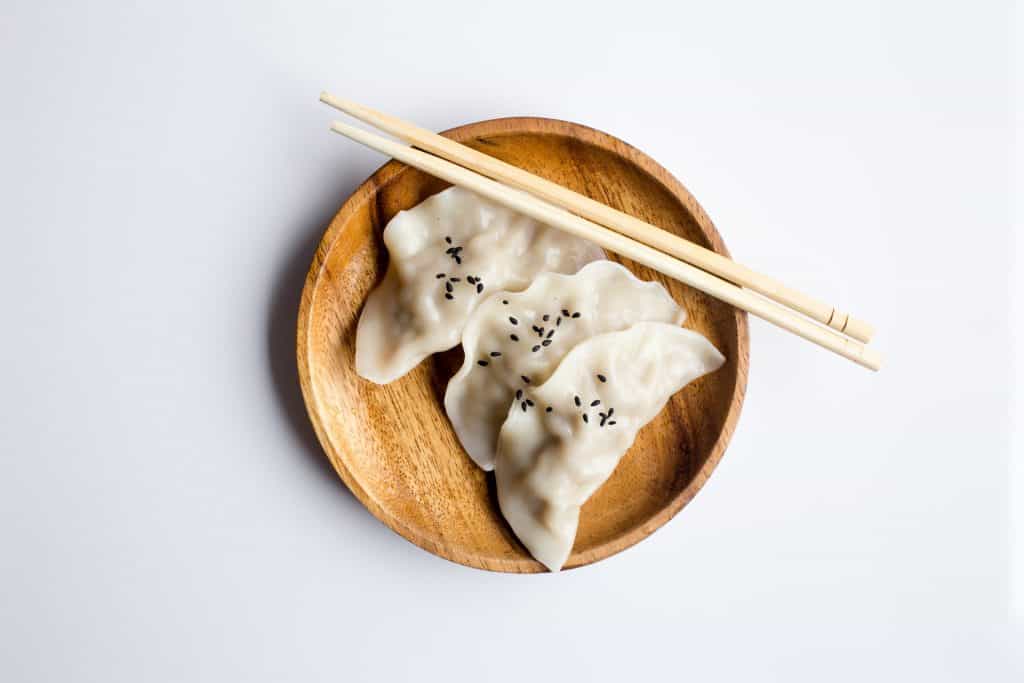
Technically, no. But that does depend on where you are in the country.
If you’re in the middle of nowhere and enjoy exploring off the beaten track, then the likelihood of finding western style cutlery dramatically reduces.
If you’re travelling in some of the more touristy areas or are near to any of the bigger cities in Japan, you’ll probably be able to find knives and forks. But again, this is always at the discretion of the owners as to whether they’ll actually ever have some.
Forks are by far the least common of the three western cutlery pieces.
Spoons are often found in Ramen bowls, and knives will come with certain meat dishes.
Im always extremely humbled by the polite and accommodating attitude of Japanese workers, so there’s no doubt that if you ask for knives and forks, you’ll likely be given them with absolutely no judgment.
Don’t worry about feeling rude or offending your hosts. And it’s not some unspoken taboo where you’ll be whisked off to the police station.
The most important thing for them is that you’re having a good time!
Should I use chopsticks in Japan?
Whether you have to use chopsticks is out of your control and simply depends on where you decide to eat. Whether you chose to use chopsticks when you dont necessarily need to is entirely up to you.
Im one of those people who loves exploring small independent food options, rather than worldwide chain brands.
…Though if you’re stuck for WI-FI or want to catch a few ZZZs at a moments notice, McDonalds can be invaluable!
I dont judge those who chose to eat western food in a Far Eastern country, but I feel like if you have the opportunity to try something different then you should give it a go.
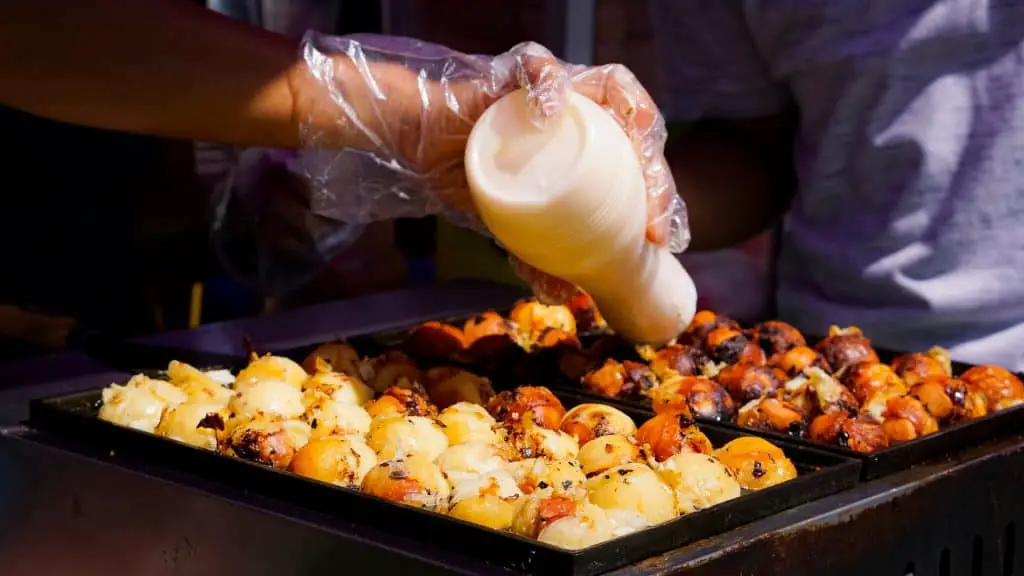
I tried Takoyaki the first time I went to Japan and honestly it was a big no from me…
Okonomiyaki was far more my kinda food!
So just in the same way I think you should try as much Japanese food (and all the snacks!) as you can, I think it’s important to try and learn how to eat with chopsticks.
Not only is it a great skill to learn, but its also extremely polite when you’re in a different country to learn as much about their culture before you go as you can.
Plus you can always do some Radio Taiso afterwards if you eat too much!






